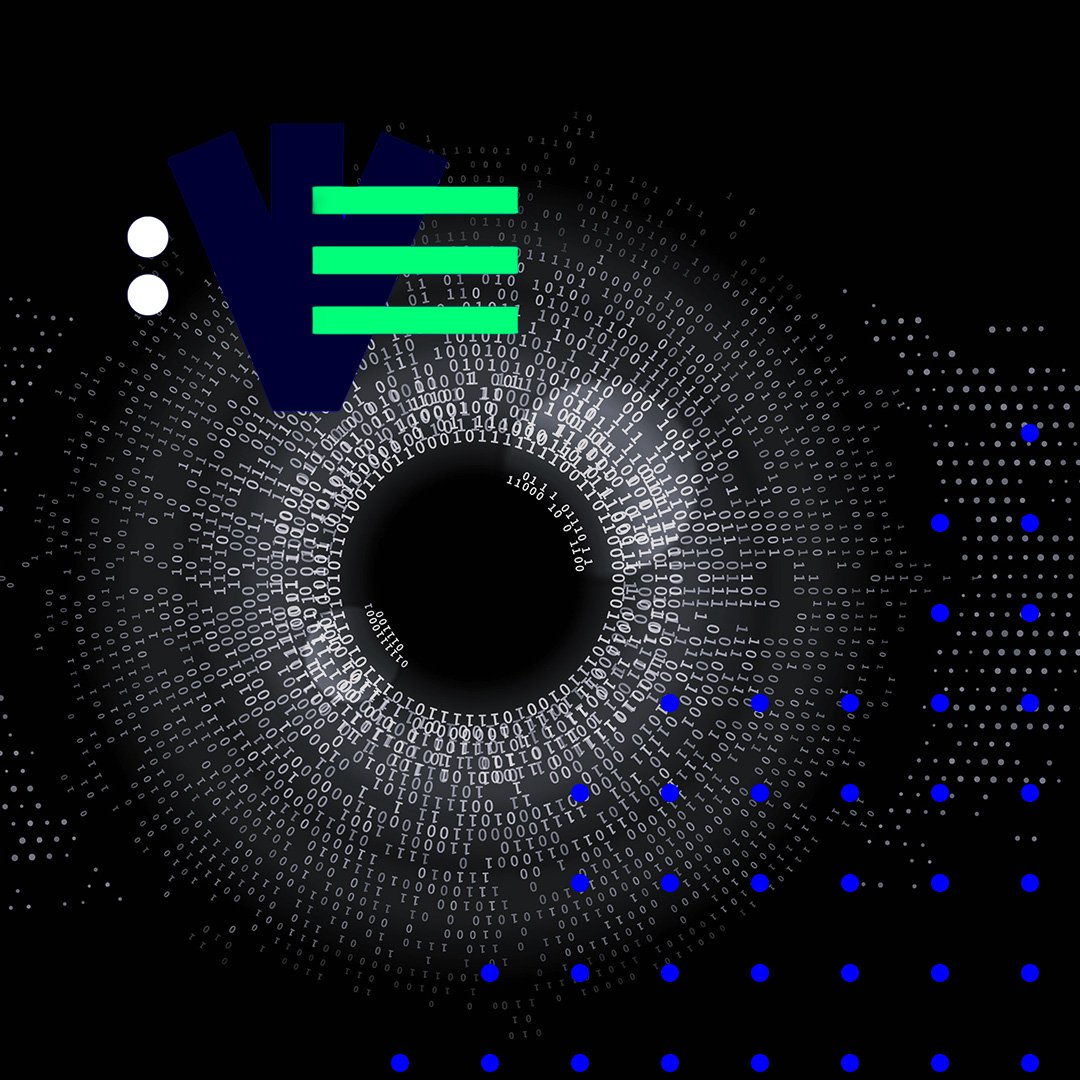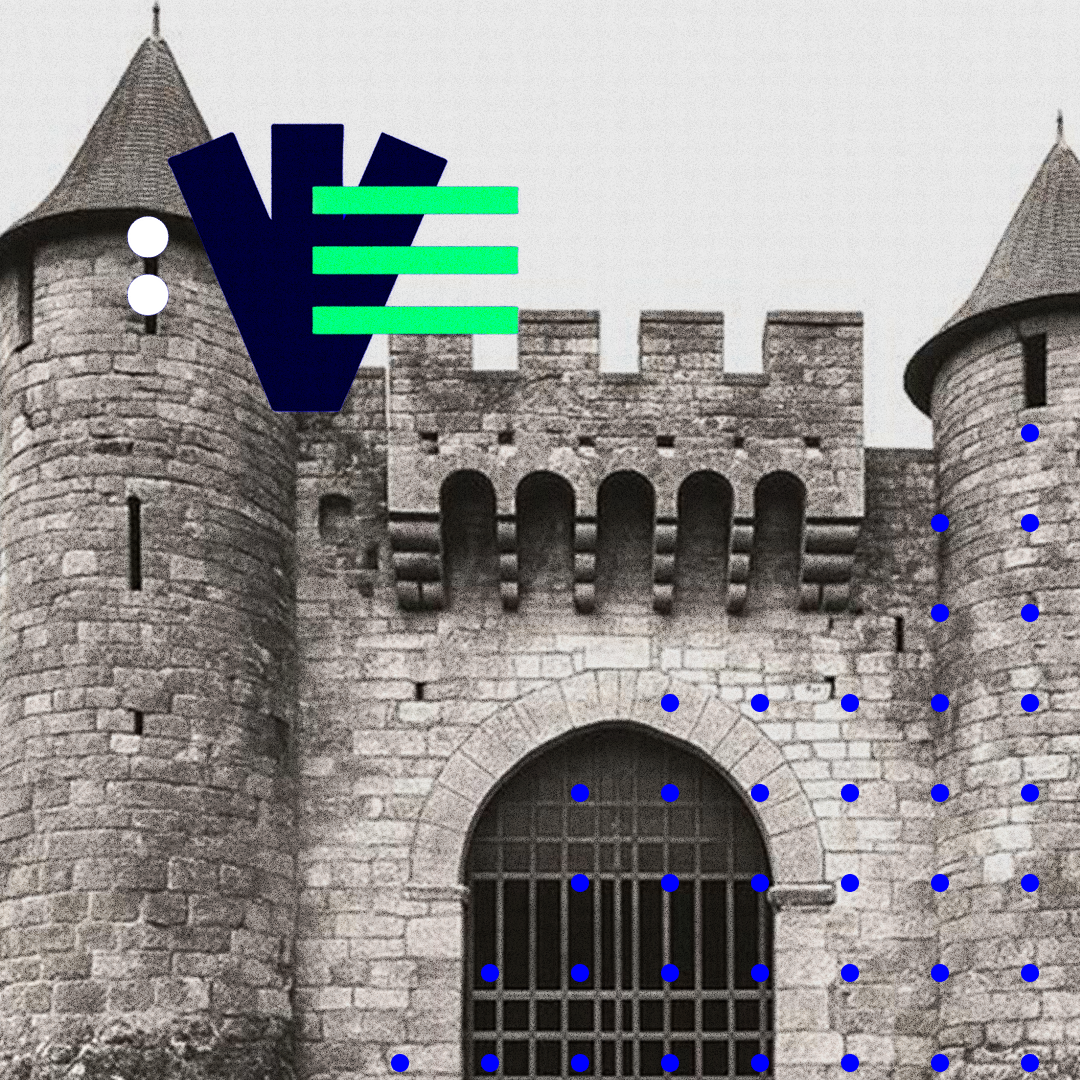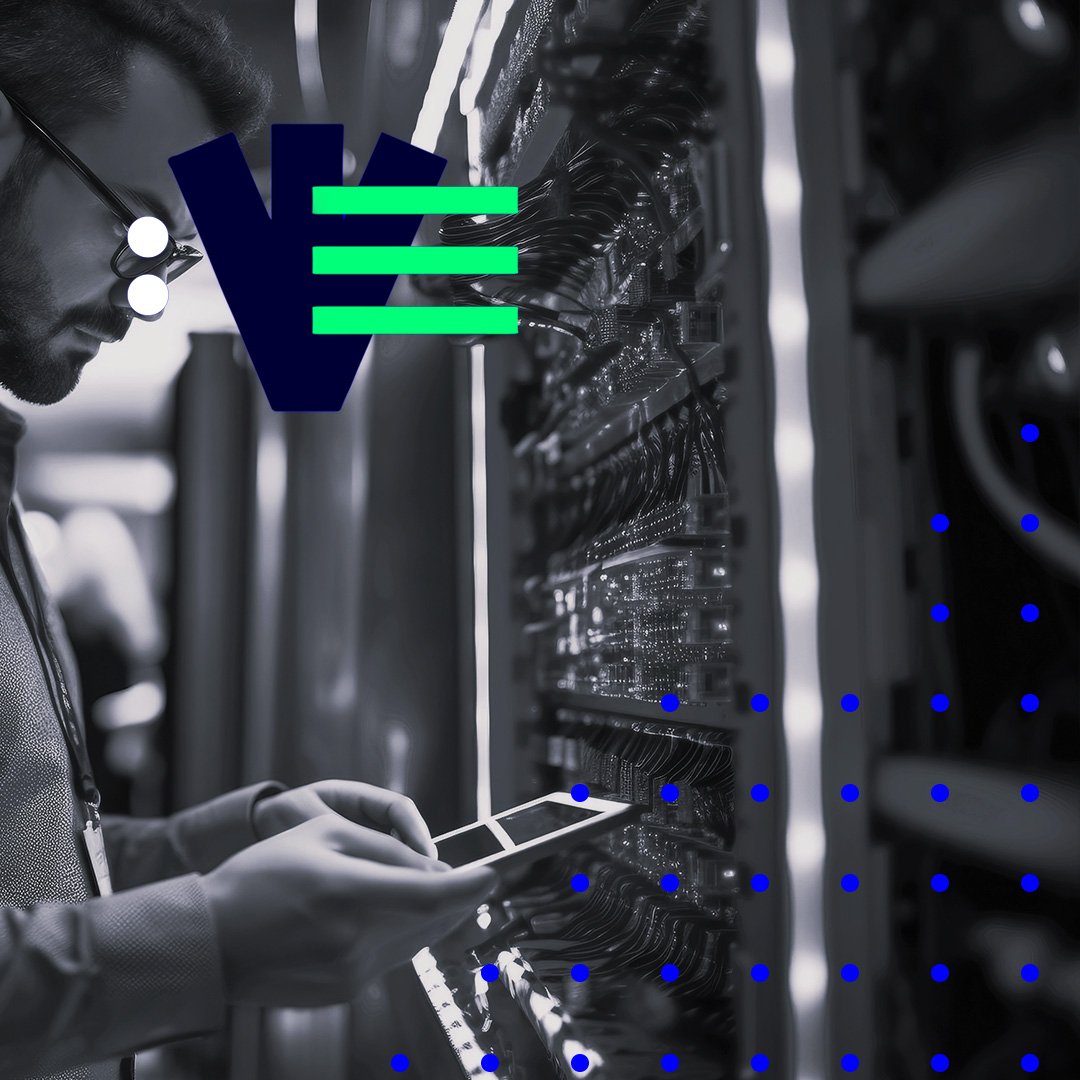SASE PART 2: SECURE ACCESS SERVICE WITHOUT "EDGE"?
SASE DECRYPTED, PART 2 THE CONNECTION POINT - KEY TO THE ON-PREMISE ACCESS REVOLUTION AND LIBERATION FROM CLOUD DEPENDENCY In the second part of our...

As CIO or Head of ICT Infrastructure, you will face the challenges of modern, digital business models such as remote work and cloud migration. The way we work (together) and how we build and protect our IT infrastructure is undergoing a radical change. Traditional, network-based security solutions such as firewalls or remote access gateways are reaching their limits.
One way to cope with these new demands on IT is SASE (Secure Access Service Edge). In this post, we will break down SASE and explain its benefits and limitations so you can decide if it is the right solution for your business.
SASE is a security architecture developed by Gartner and designed specifically for the needs of the cloud era. It is a comprehensive platform that - unlike traditional models - combines security and network functions and is available anywhere, anytime. It offers a far-reaching security model based on zero-trust principles, combining various technologies such as next-generation firewalls, secure web gateways, cloud access security brokers, virtual private networks (VPNs) in one platform and integrating identity and access management (IAM).
All security and network functions are integrated on a single platform. This leads to a simpler architecture and reduces costs.
SASE allows the implementation of a centralised zero-trust approach, where all users and devices must be authenticated before they can access the network. The service provides a comprehensive and centralised security solution that monitors and protects all network connections and data flows.
SASE intelligently prioritises and routes traffic to optimise network and application performance.
Cloud availability allows seamless integration with cloud applications and services. This allows companies to quickly adapt to changing business needs.
As SASE platforms monitor all data flows and network connections, privacy concerns may arise. It is important to ensure that user privacy is maintained.
While SASE can provide comprehensive protection against known threats, the service cannot defend against certain attack vectors. Companies should therefore make sure that they also take other security measures to protect themselves against these types of threats.
SASE is run in the cloud, which means that companies are dependent on the availability and reliability of cloud services.
During the development of an effective SASE implementation concept, we at BNC became particularly aware of the last point "Connection Point". This is indispensable and, in the case of a site connection in the form of a "box" at the respective company sites, serves all applications in the cloud or in the data centre. The BNC SAS provides this "box" as an important part of the service and also allows companies to break away from cloud dependency. This is how our Secure Access Service was created, which comes with an on-premise component and brings various benefits. Learn more about our BNC Secure Access Service in Part 2: SASE without "E"?
If you would like to delve deeper into the topic of SASE and cybersecurity, watch the recording of our event "Secure Access Service Unlocked" now.
Exciting keynotes by Martin Buck, Head of Competence Center Security BNC, Dr. Peter Weibel, Head of IT SABAG and Serdar Günal Rütsche, Head of Cybercrime at the Zurich Cantonal Police will inspire your daily work.

SASE DECRYPTED, PART 2 THE CONNECTION POINT - KEY TO THE ON-PREMISE ACCESS REVOLUTION AND LIBERATION FROM CLOUD DEPENDENCY In the second part of our...

How can I implement IT security measures more efficiently? Why Structure Beats Tool Overload as the Key to Lasting IT Security

The future of connectivity An analysis of the significance of 5G, Wi-Fi 6E, Wi-Fi 7, IoT, and AI for IT service providers in Switzerland